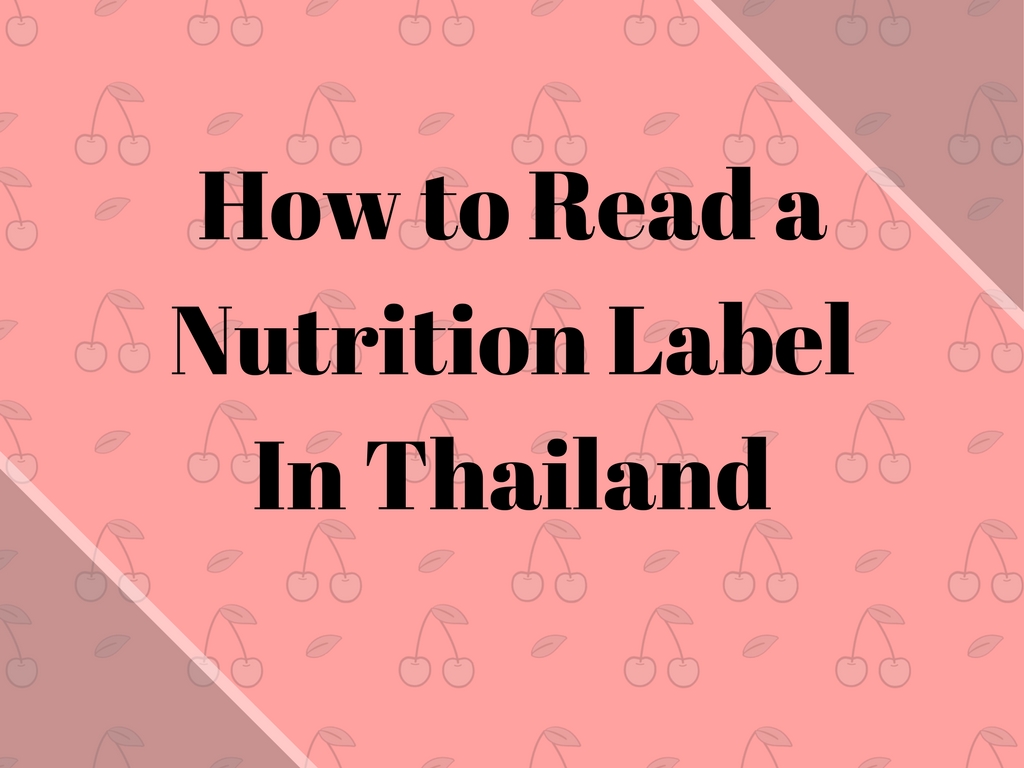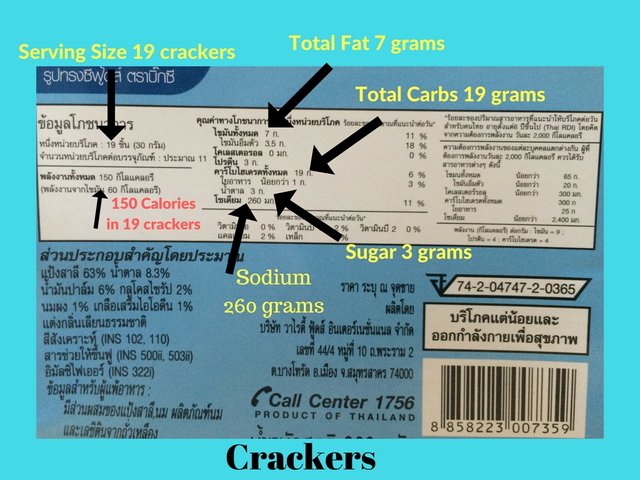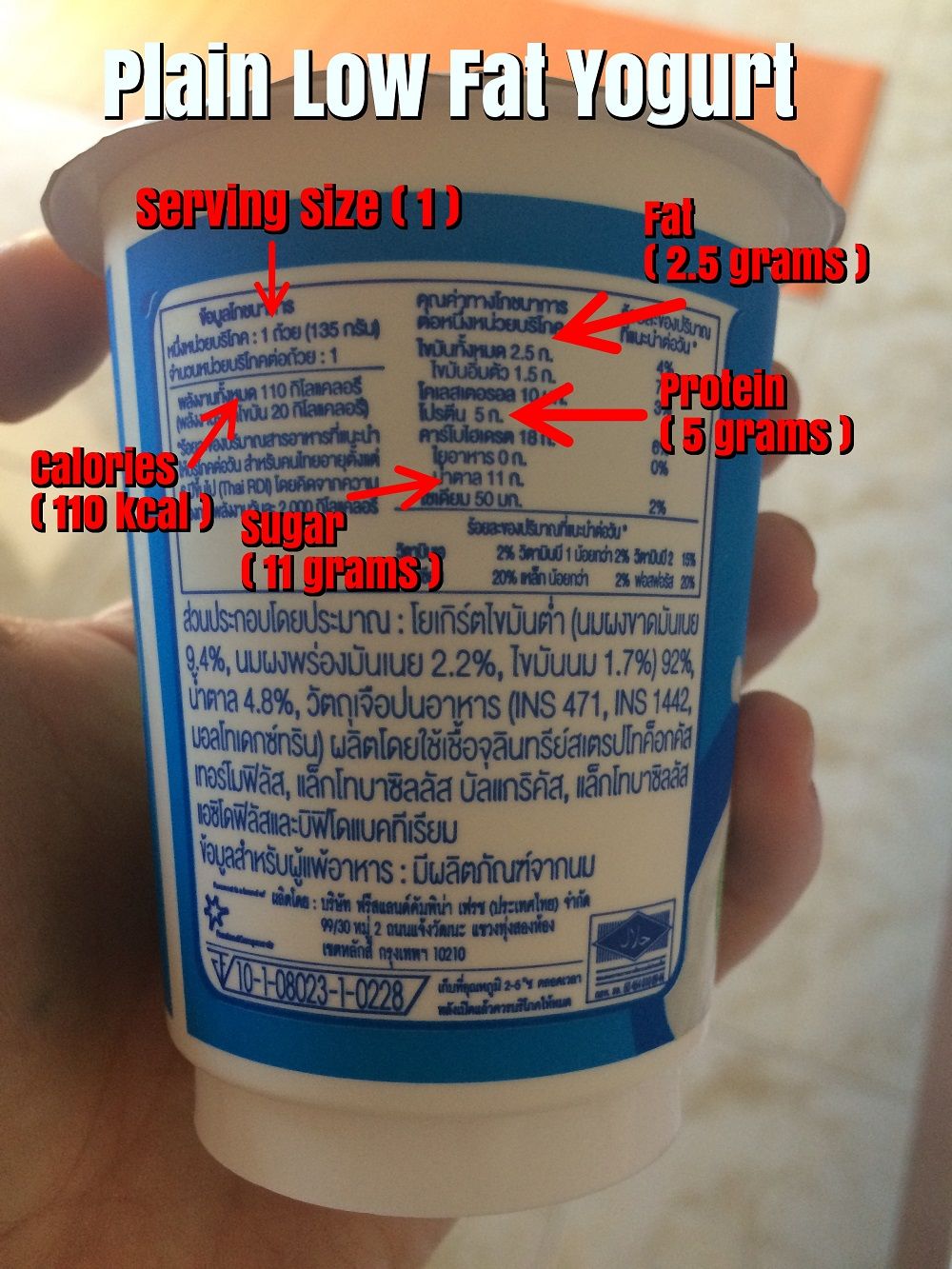How to Read a Nutrition Label in Thailand

Trying to find the right balance of nutrition while traveling, or after moving to another country, can be quite challenging.
You want to try all the different food products in the grocery stores but are unsure of what nutritional value they have.
How much fat is in this? How many grams of sugar does this have? The questions go on and on.
Most people will take one look at a nutrition label in another language, just shrug their shoulders, and throw the item into their grocery cart without thinking twice.
To be honest, I was one of those people.
When I moved to Thailand I initially just bought whatever products looked like products I would buy back home in the states. This applied to yogurts, bread, nutrition bars, and crackers for example.
Sometimes I got lucky and the packaging had labels in both English and Thai, but most of the time it was just a guessing game.
Kind of like this yogurt nutrition label in Thailand:

Yes, you can always just eat “fresh” non-packaged food, but in Thailand, a serving of Pad Thai from a food cart is high in sugar and fat. And you don’t want to put on weight from eating Thai food every day now do you?
Here are some little tricks on how to read a nutrition label in Thailand.
I had to cheat and buy an American junk food product in Thailand to show you how I figured out how to read the label when it was only in Thai – no judgements.
You can see here on this bag of “American Corn Snacks” that they have provided a label in English and in Thai.
Let’s start from the top and read down:
The first box at the top will be the serving size and servings per container.
The second box is the caloric count in one serving
The third box you will start to see bolded and un-bolded lines.
Bold Line #1 = Total Fat, followed by saturated fat
Bold Line #2 = Cholesterol in milligrams
Bold Line #2 = Protein in grams
Bold Line #4 = Total Carbohydrates in grams, followed by Dietary Fiber in grams and Sugar in grams
Bold Line #5 = Sodium
The next box is the vitamins. Some labels have the vitamins and others do not. You should be getting your vitamins from “real food”, fruits and veggies and not from American Corn snacks or white bread so I won’t go into detail with the vitamins on this label.
Let’s take a look at this cracker label, you can see here I pointed out what everything means in English for you.

If you care about the sugar count in packaged foods like I do, train your brain to look for the 4th bold line. The second un-bolded line under the 4th bold line, is the sugar count.
Let’s look at this yogurt label again.

The entire label is in Thai so I will break it down for you. The first bold line is fat, second is cholesterol, third is protein, and fourth is the total carbs (dietary fiber and sugar are under that) and sodium is last.
Now you can officially read Thai!
Well maybe not… but at least you can hopefully avoid getting fat from eating pad Thai every day and read the nutrition label in Thailand easier.
I hope that this article will help you to read a nutrition label in Thailand the next time you are in a grocery store.